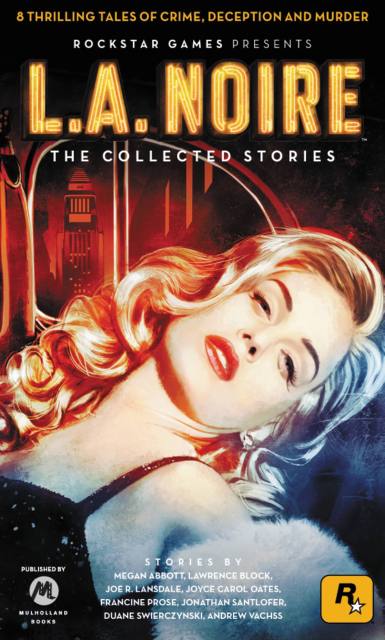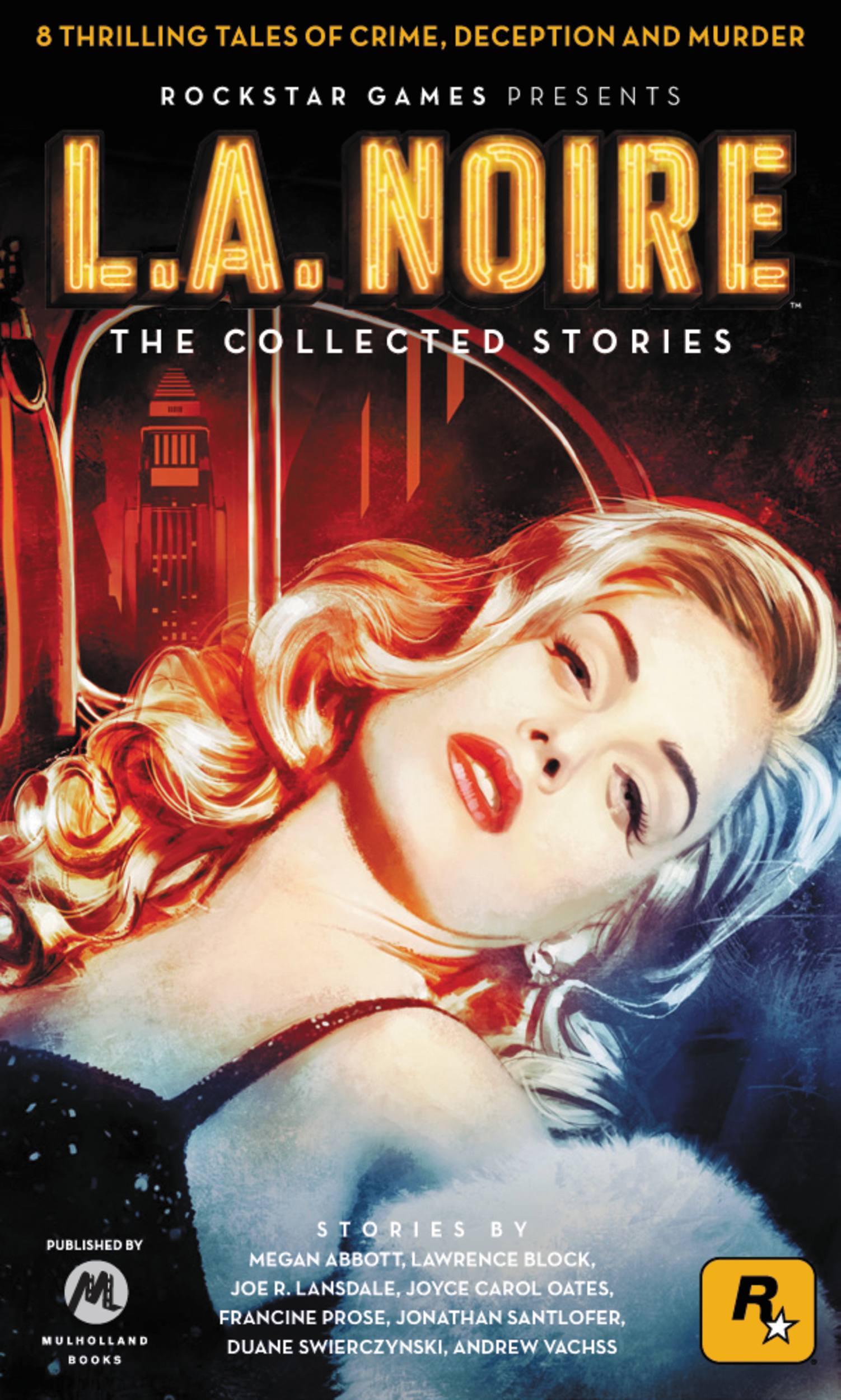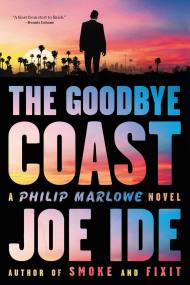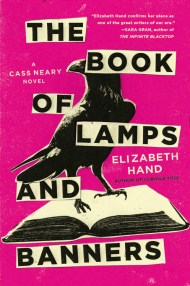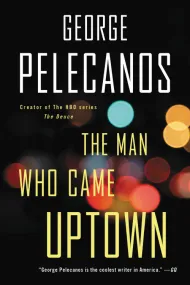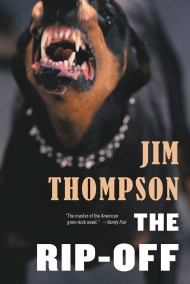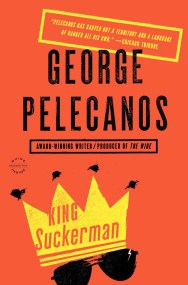L.A. Noire
The Collected Stories
Contributors
Edited by Rockstar Games
Formats and Prices
Price
$0.99Price
$0.99 CADFormat
Format:
ebook (Digital original) $0.99 $0.99 CADThis item is a preorder. Your payment method will be charged immediately, and the product is expected to ship on or around June 6, 2011. This date is subject to change due to shipping delays beyond our control.
Also available from:
1940s Hollywood, murder, deception and mystery take center stage as readers reintroduce themselves to characters seen in L.A. Noire. Explore the lives of actresses desperate for the Hollywood spotlight; heroes turned defeated men; and classic Noir villains. Readers will come across not only familiar faces, but familiar cases from the game that take on a new spin to tell the tales of emotionally torn protagonists, depraved schemers and their ill-fated victims.
With original short fiction by Megan Abbott, Lawrence Block, Joe Lansdale, Joyce Carol Oates, Francine Prose, Jonathan Santlofer, Duane Swierczynski and Andrew Vachss, L.A. Noire: The Collected Stories breathes new life into a time-honored American tradition, in an exciting anthology that will appeal to fans of suspense and gamers everywhere.
- On Sale
- Jun 6, 2011
- Page Count
- 192 pages
- Publisher
- Mulholland Books
- ISBN-13
- 9780316200868
Newsletter Signup
By clicking ‘Sign Up,’ I acknowledge that I have read and agree to Hachette Book Group’s Privacy Policy and Terms of Use
